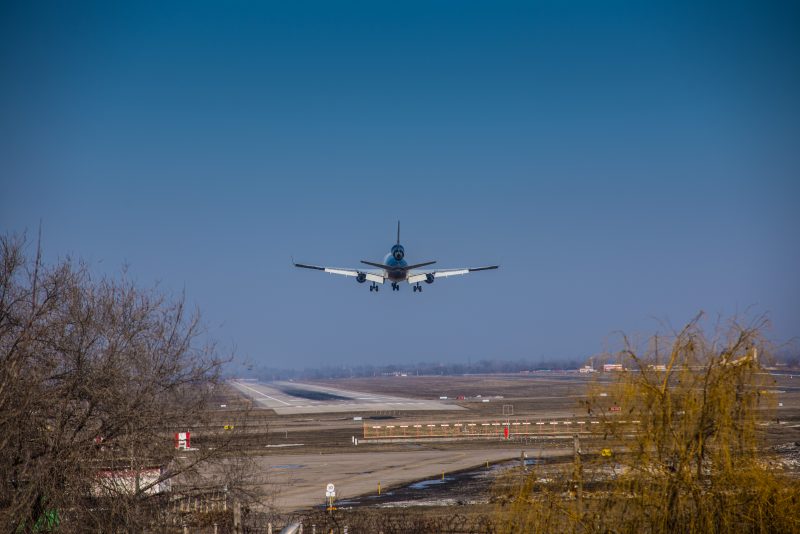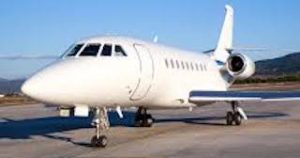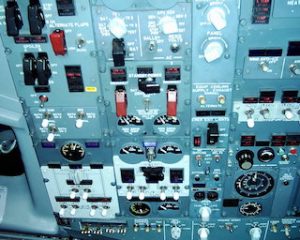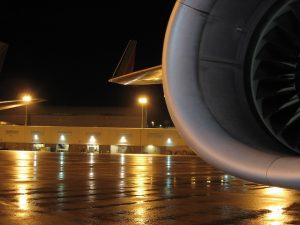Part Time Hours Of An Airline Pilot
 Part time hours help airline pilots enjoy more freedom and rest. Many pilots fly part time to stay flexible. They still follow strict safety rules and training. Airlines support pilots who want less time in the air. With fewer hours, pilots balance flying and life better. This improves focus and performance.
Part time hours help airline pilots enjoy more freedom and rest. Many pilots fly part time to stay flexible. They still follow strict safety rules and training. Airlines support pilots who want less time in the air. With fewer hours, pilots balance flying and life better. This improves focus and performance.
The setup behind part time hours
Airline pilots flying part time hours have fewer weekly flight hours. Most part time pilots choose flights that suit their lives. They work with airlines to set a flying schedule. Some pilots take shorter flights and remain close to home. This reduces time away from loved ones and supports a balanced lifestyle. Airlines need to approve each schedule change. The rules for flying stay the same, even on part time. Pilots stay fresh by training often, even if they fly less. With this structure, pilots stay safe and skilled. Shorter schedules help pilots manage rest, training, and recovery between flights.
How airlines offer flexibility
Many airlines offer options to reduce flying hours. Pilots may request alternate duty days or shorter rotations. Some carriers provide reduced flying hours per month. Others allow job sharing between pilots. This lets two pilots split full flying hours evenly. Flexibility helps airlines retain skilled pilots long term. Pilots can submit a request for part time arrangements. After approval, they receive flight plans that match their preferred hours. This keeps pilots working while giving them more control. With well-planned shifts, pilots still meet safety and performance standards. Airlines also adjust pay for fewer hours flown.
Training and safety remain constant
Even with fewer hours, pilots must stay sharp. Part time flying does not lower training needs. Pilots still attend briefings, simulator checks, and fitness tests. The same knowledge and skills apply across all schedules. Each airline expects strong focus and awareness at all times. Part time flying includes the same emergency training. Pilots prepare for every type of weather and airport. They also stay informed on new flight systems. This keeps every part time pilot in sync with airline needs. Even with fewer hours, high performance stays in place.
Flying patterns and rest cycles
Pilots flying part time enjoy more control of their rest days. This lets them recover between trips. Rest is vital for mental focus during flights. Airlines follow rest period rules for every pilot. With fewer flights, pilots can sleep better and manage fatigue. Flight duty time changes with each airline. Some set duty time per day or per month. Others track hours flown over the year. Part time flying works within these time blocks. Pilots flying less also take fewer night shifts. This gives better sleep and mental clarity for each flight.
Regional versus long haul part time work
Pilots choosing part time work may prefer regional flights. These trips are short and return to the home base. That way, pilots avoid staying overnight in hotels. Shorter routes mean fewer duty hours and faster returns home. Some part time pilots still fly long haul. In that case, they fly fewer trips each month. For example, one long haul trip every two weeks. This limits time away but still meets flying needs. It also keeps skills fresh on large aircraft types.
The balance between pay and flying time
Part time hours change how pilots are paid. Pilots receive pay based on hours flown. With fewer hours, pay decreases slightly. Still, some pilots accept this tradeoff for more time at home. They may supplement income with other aviation jobs. Instructors, safety officers, or ground trainers earn extra outside flying. Some pilots teach or work in aviation offices. This helps keep earnings steady. Pilots who choose part time must budget wisely. Airlines often share detailed pay options with their staff.
Workload differences in part time flying
A part time pilot handles fewer flights each week. This reduces workload and mental stress. Time spent preparing for flights also decreases. Briefings, weather checks, and crew planning take less time when flying less. The workload becomes more focused and efficient. Even with fewer tasks, each flight still requires focus. Pilots must stay alert for changing conditions. With fewer flight legs, stress levels drop. This makes part time flying feel less rushed. More downtime helps pilots reflect and refresh between flights.
Health and mental wellness
Flying part time helps with stress. Long duty days and night shifts affect health. With fewer flights, pilots sleep better and stay mentally sharp. Many part time pilots report better energy and mood. Regular health checks stay in place. All pilots complete exams for vision, hearing, and heart health. Even on reduced schedules, pilots must pass these exams. More time off supports exercise, family, and mental wellness. Some pilots use time off for hobbies or side projects. This makes their life feel full and rewarding. Good wellness helps pilots stay sharp in the cockpit.
Scheduling across seasons
Flying schedules shift with the season. Summer and holidays bring more passengers and flights. Some part time pilots fly more during these peak times. Then they reduce hours again in slower months. This seasonal shift helps airlines meet travel demand. It also gives pilots some flexibility. They may choose months with higher flying to earn more. Then they enjoy longer breaks in slower seasons. With good planning, both airlines and pilots benefit. Schedules adapt to demand while keeping safety strong. Pilots remain rested even in busy periods.
Career path for part time pilots
Some pilots begin full time and then shift to part time. Others enter the field later and start part time from the beginning. Airlines welcome both types when they meet all the requirements. Pilots who take breaks can return on part time hours. They must complete training refreshers and pass check rides. Airlines offer these programs to help pilots restart safely. Part time work allows more years in the cockpit. Some pilots avoid burnout by reducing hours mid-career. They continue flying while enjoying a better life rhythm. This leads to longer careers with strong performance.
Why pilots choose this option
Pilots choose fewer hours for many reasons. Some want time with family. Others want to reduce stress or travel. Some are nearing retirement and want a gentle pace. Pilots who teach or consult often reduce flying hours. This balance allows them to support aviation in other ways. Some pilots return to school while flying part time. For those raising children or caring for loved ones, fewer hours offer more time at home. Airlines recognise these needs and support schedule changes when possible.
Union support and agreements
Pilot unions help shape part time schedules. Agreements set clear terms for hours, pay, and benefits. Pilots join unions to protect their time and health. Unions work with airlines to approve alternate schedules. They also handle disputes when pilots seek fewer hours. These protections make part time work more stable. Pilots can read their union agreements to understand time limits and rights. Each contract explains how to request reduced hours. This support helps pilots plan long term.
Flight planning with fewer hours
Even on shorter hours, pilots plan each trip carefully. They review routes, fuel needs, weather, and safety checks. Time on the ground remains part of the job. Part time pilots stay updated on flight planning tools. They use flight maps, air traffic data, and aircraft systems. This helps reduce errors and keep flights smooth. Good planning reduces stress and keeps flights on time. Pilots rely on tools and teamwork. This planning stays the same for all pilots, no matter how many hours they fly.
Communication and crew coordination
Teamwork stays strong with fewer hours. Part time pilots still meet their co-pilots and cabin crew before each flight. They hold briefings and review flight plans. Each pilot reviews safety rules and passenger needs. They check weather updates and expected flight time. Crew communication is smooth when everyone shares clear details. Even with fewer flights, strong teamwork keeps flights safe. Pilots keep radios clear and respond to air traffic control. Good communication improves every trip, no matter the schedule.
Benefits and leave plans
Pilots on part time hours may receive different benefits. Some airlines offer health plans based on hours flown. Vacation days may adjust as well. Pilots review these plans each year. Leave plans often include sick days and emergency leave. These stay in place even with fewer hours. Pilots also earn seniority over time, which may affect flight choices. Airlines explain all benefit changes clearly. Pilots can ask for help from crew support teams. This ensures they understand their options on reduced hours.
How technology helps part time pilots
Modern tools help pilots stay sharp between flights. Tablets and flight apps offer easy access to manuals. Simulators help practice tricky situations. Many airlines use online systems for training. Pilots can complete lessons at home during off days. This keeps them up to date on aircraft changes and safety rules. Part time pilots use these tools to maintain strong skills. This supports safe flying without needing full-time hours. With tech, pilots stay sharp and ready.
Future in balance
Part time flying offers a smooth path for pilots who want more balance. It helps pilots stay focused and healthy. With flexible hours, pilots enjoy both flying and life on the ground. As more airlines support these schedules, pilots have choices. They can manage work without losing quality in the cockpit. Flying fewer hours does not mean doing less—it means doing it better.









